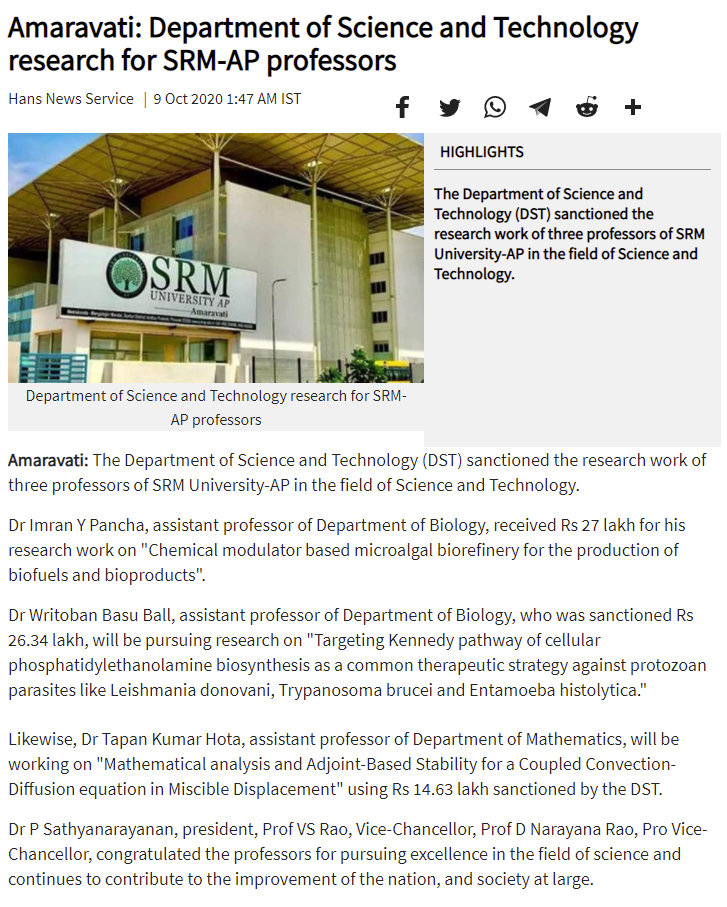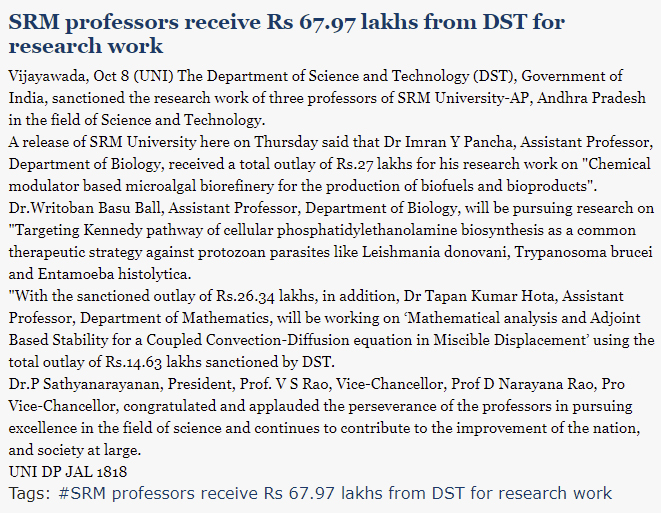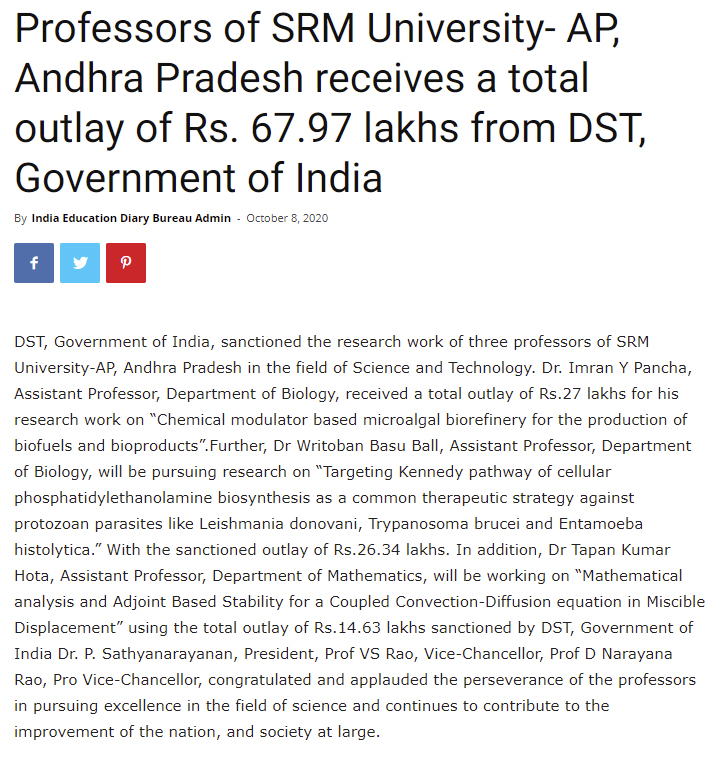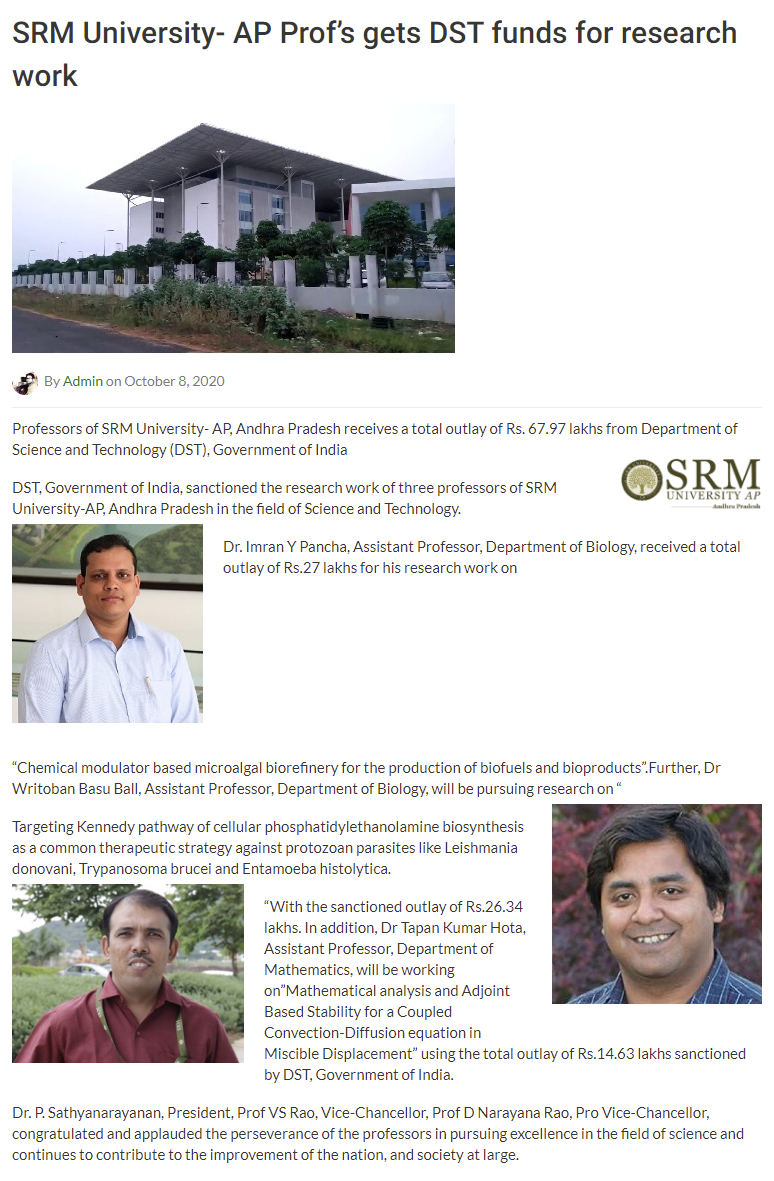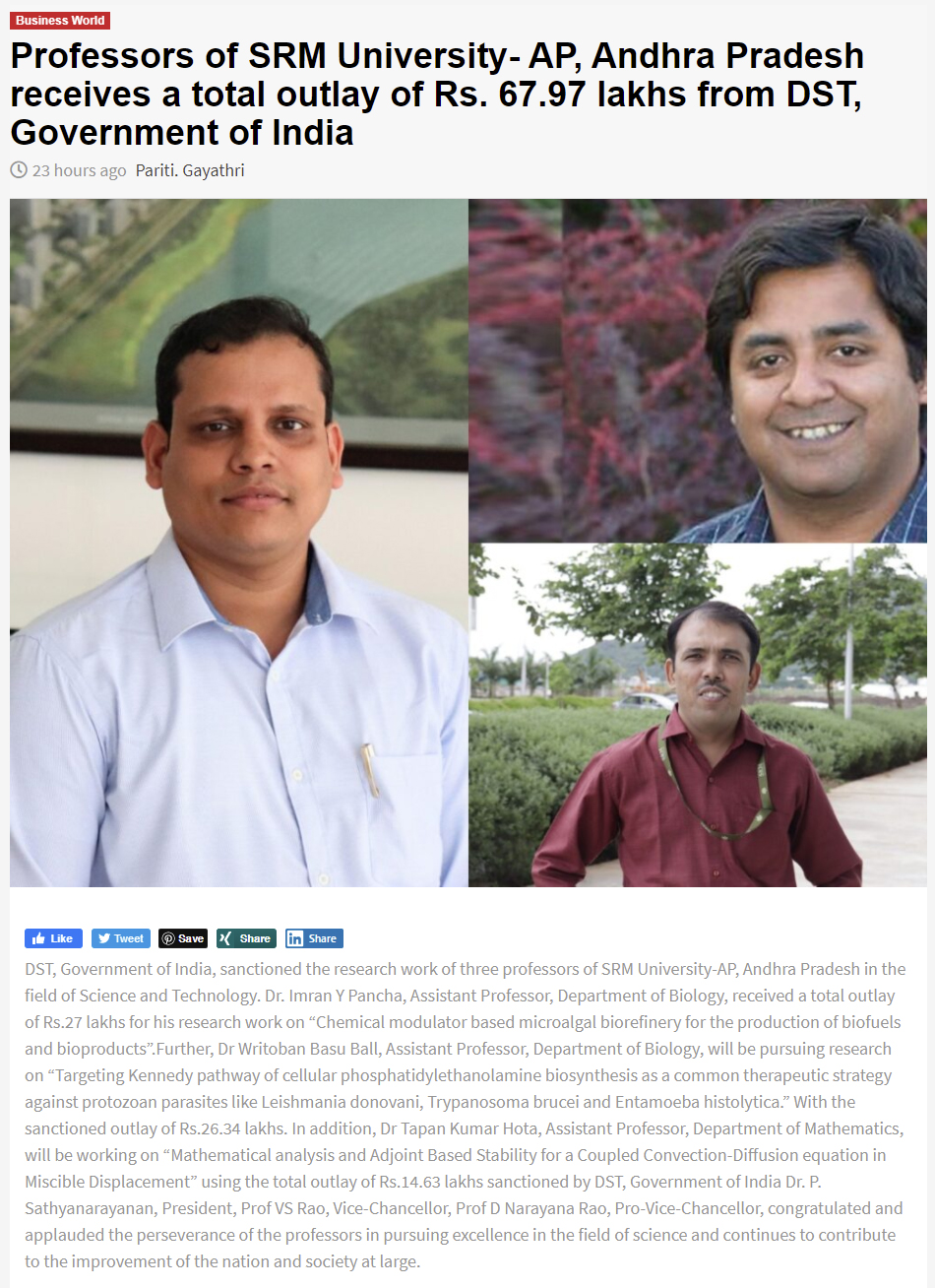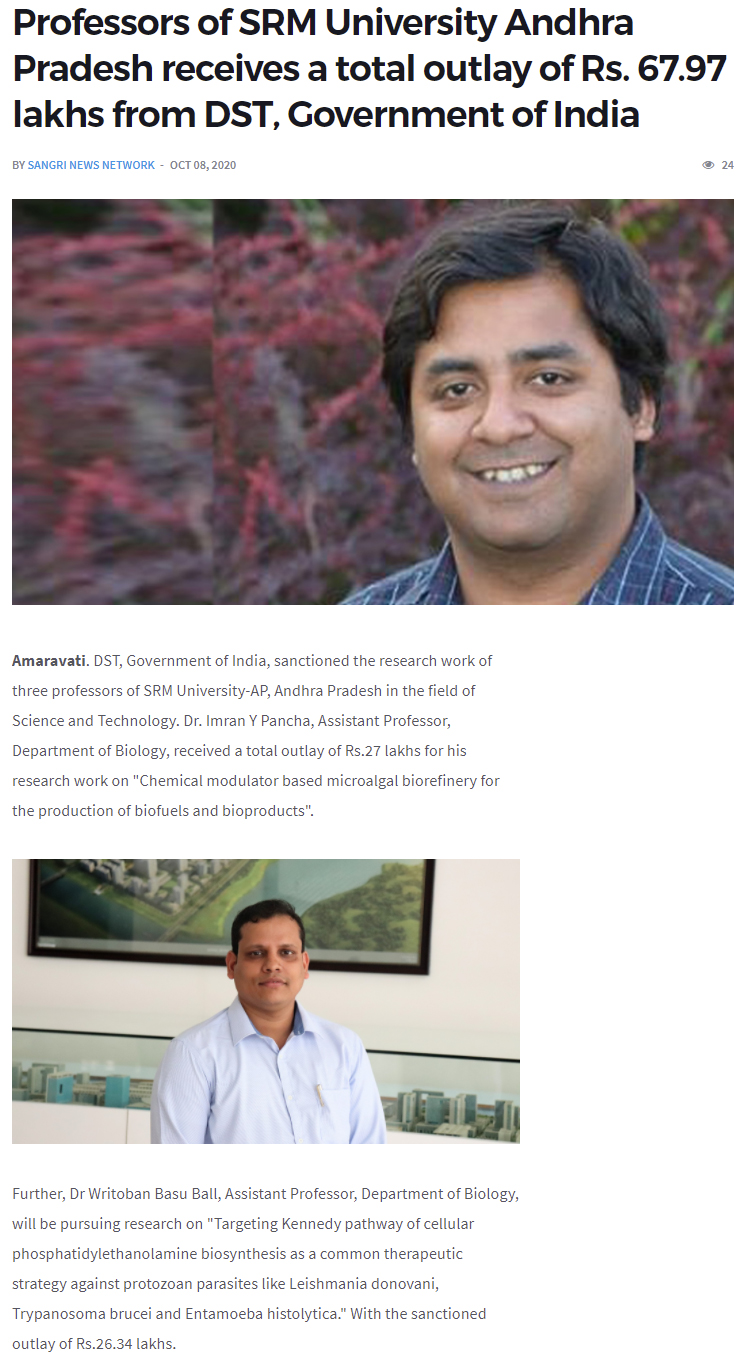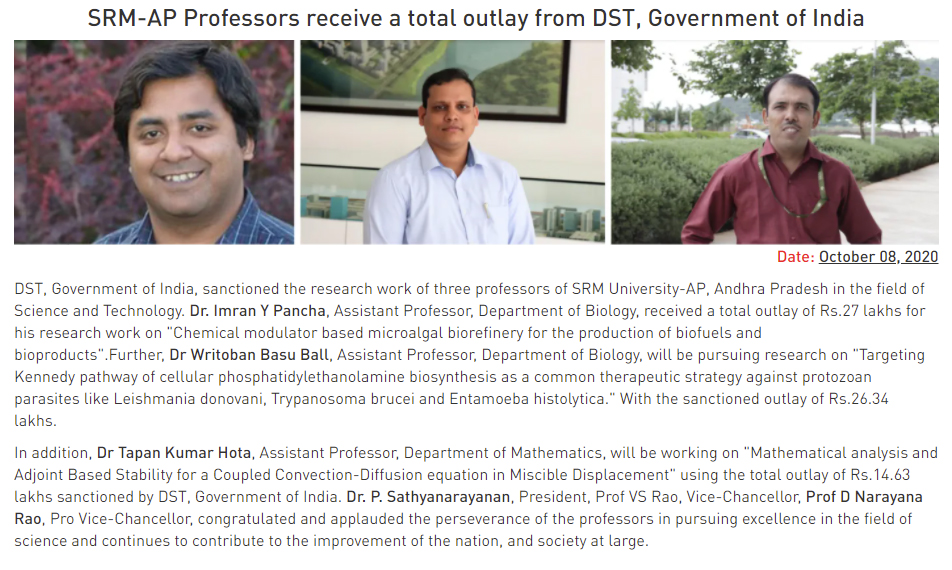All Management News
- SRM AP in collaboration with IIT, Chicago presents webinar on “Education Opportunities at Illinois Institute of Technology, Chicago, USA” October 13, 2020
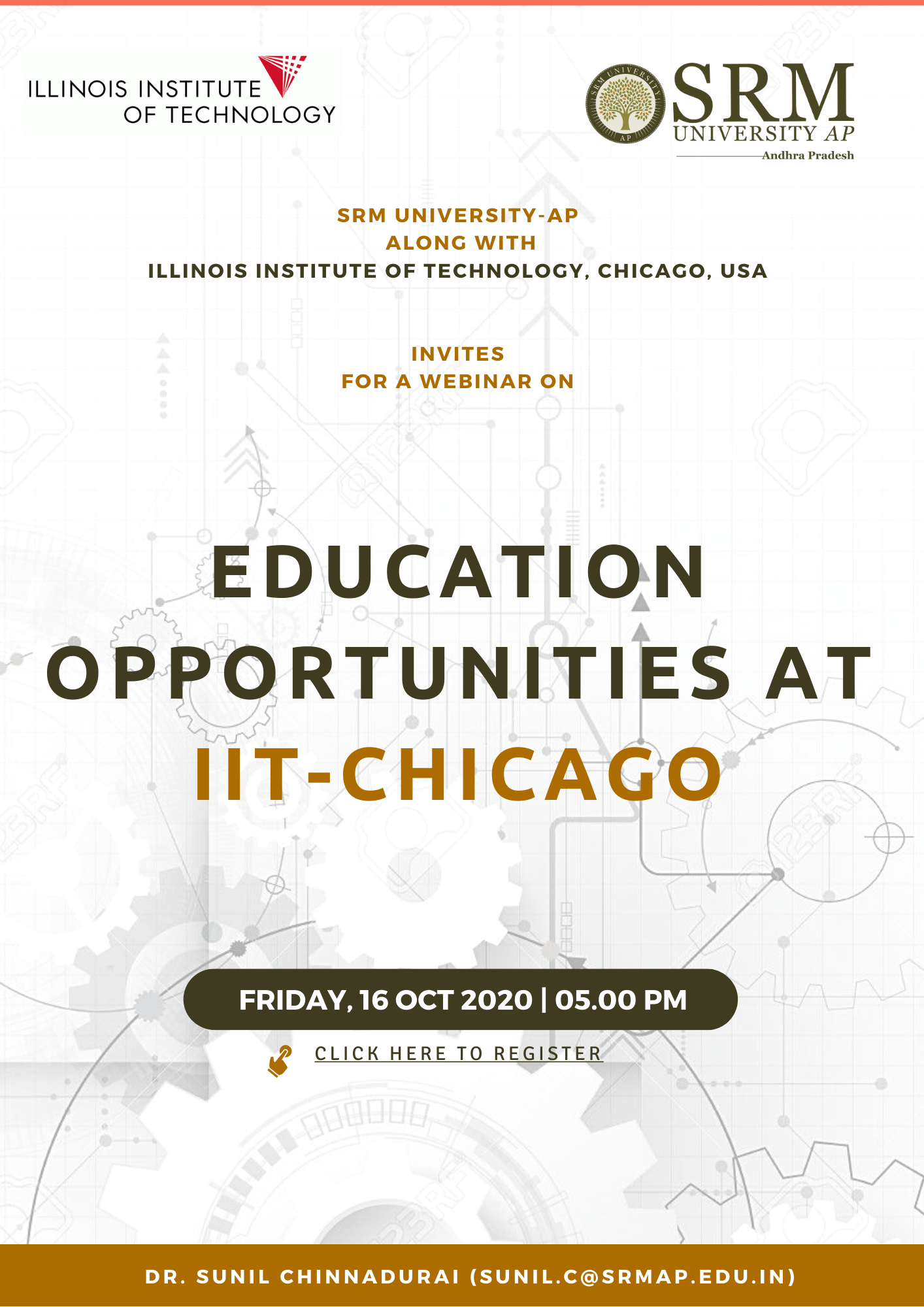 SRM University-AP, Andhra Pradesh along with Illinois Institute of Technology, Chicago, USA, is delighted to organize a webinar on “Education Opportunities at Illinois Institute of Technology, Chicago, USA”. The session will provide insights on the Twinning programme ideal for the current first and second year students, along with the Integrated Master’s programme that would be beneficial for the current third and final year students. Students are encouraged to participate in the webinar on October 16, 2020 at 5 p.m. for obtaining further information on the programmes, benefits of the programmes, and application process.
SRM University-AP, Andhra Pradesh along with Illinois Institute of Technology, Chicago, USA, is delighted to organize a webinar on “Education Opportunities at Illinois Institute of Technology, Chicago, USA”. The session will provide insights on the Twinning programme ideal for the current first and second year students, along with the Integrated Master’s programme that would be beneficial for the current third and final year students. Students are encouraged to participate in the webinar on October 16, 2020 at 5 p.m. for obtaining further information on the programmes, benefits of the programmes, and application process. Registration Link: Please Click Here
For further details, Contact Dr. Sunil Chinnadurai
Continue reading → - DST, Government of India sanctions an outlay of Rs.14.63 lakhs to Dr Tapan Kumar Hota October 13, 2020
Connecting the dots between Mathematics and Physics of the hydrodynamic instability known as Viscous Fingering (VF)
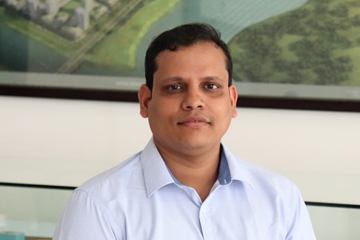
DST, Government of India, sanctioned a total outlay of Rs.14.63 lakhs to Dr Tapan Kumar Hota, Assistant Professor, Department of Mathematics, SRM University-AP, Andhra Pradesh, for pursuing research on “Mathematical analysis and Adjoint Based Stability for a Coupled Convection-Diffusion equation in Miscible Displacement”. Hydrodynamic Stability (Instability) is a study of an equilibrium point subject to small and/or medium disturbances. This assists in understanding several complicated natural phenomena such as fluid transition from laminar to turbulent, chemical mixing, formation of cloud, and others. The available stability analysis is unable to address the early-time evolution of the VF process. The early-time behaviour of the system helps us to choose the parameters that are responsible for the long-time behaviour of the coupled PDEs. To achieve the target, we need to address the linear stability of the system from the study of the singular-value-decomposition instead of traditional eigenvalue analysis. As the system is non-autonomous, the eigenvectors/eigenvalues may not be physically relevant. Further, it is required to confirm our linear stability analysis by mathematical analysis of the coupled non-linear PDEs.
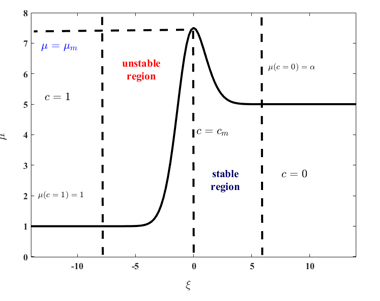
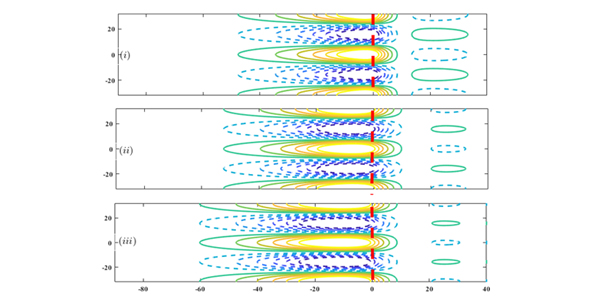
‘The nonmonotonic viscosity profile when a high mobile fluid is displacing a less mobile fluid. There is a potentially unstable region, where the viscosity increases in the flow direction, followed in the downstream direction by a potentially stable region, where the viscosity decreases in the flow direction. The disturbance structure is computed using the singular-value decomposition of the propagator matrix. Reference: Hota & Mishra, Journal of Fluid Mech, Vol. 856, pp:552-579, 2018.’
Dr Tapan is keen on studying other branches of science to provide the correct mathematical approach to address the issues. His project will address one of the hydrodynamic instabilities known as viscous fingering (VF). It forms when a high mobile fluid displaces a low mobile fluid. It has enormous implications in the field of Chemical Engineering Science, Petroleum Engineering, Chromatography, and Oil Extraction process. He explains, “I will study this instability from a mathematician’s point of view, more precisely, to address the mathematical analysis of coupled partial differential equations (PDEs). The system that governs the VF is non-autonomous and there is no readily available stability analysis that can represent Physics, based on robust mathematical analysis. My aim is to connect the dots between mathematics and physics of the VF.”
Infrastructure and laboratory facilities are crucial to conduct research. Upon receiving approval from a prestigious organization like SERB (Science and Engineering Research Board), Govt. of India, Dr. Tapan is entitled to this unique opportunity to serve the scientific community. He divulges, “The award is not only a recognition to me but also to the SRM University, AP. The University will be more visible in the world of research and can attract more eminent scientists and researchers to make the University their second home.” Quoting Master Oogway, ‘Yesterday is history, Tomorrow is a mystery… Today is a gift, that’s why it is called present.’, Dr Tapan is eager to commence working on his project at the earliest, and looks forward to enjoying the process of accomplishing the task.
Continue reading → - Dr Writoban Basu Ball receives an outlay of Rs. 26.34 lakhs from DST, Government of India October 13, 2020
Pursuit of discovering new drug molecules to combat diseases
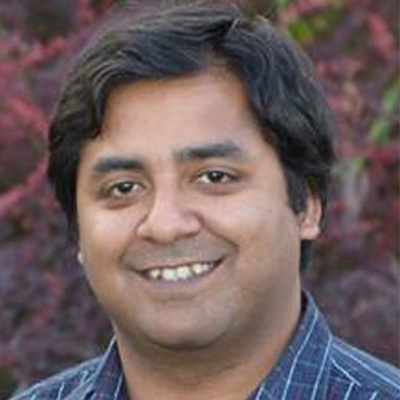
Dr Writoban Basu Ball, Assistant Professor, Department of Biological Sciences, received an outlay of Rs.26.34 lakhs from DBT, Government of India to pursue research on “Targeting Kennedy pathway of cellular phosphatidylethanolamine biosynthesis as a common therapeutic strategy against protozoan parasites like Leishmania donovani, Trypanosoma brucei and Entamoeba histolytica.” Disease-causing intracellular parasites present serious health challenges, which could be fatal if left untreated. For example, Leishmania donovani and Trypanosoma brucei are the causative agents of visceral leishmaniasis and sleeping sickness, respectively. Entamoeba histolytica causes amoebiasis and 100,000 people die each year world-wide from amoebiasis-related complications. The current treatment regimen against these diseases consists of drugs that possess severe toxicity and drug resistance. Toxicity is detrimental to health and drug-resistance causes unresponsiveness of the drug to the parasite, rendering the drug ineffective. Therefore, it has become imperative to discover new drug molecules to combat these diseases.
 In his study, Dr Writoban proposes to repurpose an FDA-approved drug meclizine, which can be used as a potential drug against dreadful parasitic infections. He explains. “One rational way to discover new and effective drugs entails identifying pharmacological targets against unique yet essential parasite metabolic pathways which are either absent or redundant in hosts (in the present case humans). One such central metabolic pathway in L. donovani, T. brucei, and E. histolytica is the Kennedy pathway for the biosynthesis of phosphatidylethanolamine (PE), a major lipid molecule of the cell. Without the presence of this lipid molecule, the cellular membranes (plasma membrane, organellar membranes) cannot form. Therefore, the Kennedy pathway is indispensable to parasite survival. On the contrary, in humans, although the Kennedy pathway is present, other pathway of PE biosynthesis is predominant. Hence, the Kennedy pathway offers a potential target to disrupt PE biosynthesis in these parasites without causing any side effects in the human host. In this context, meclizine, an over the counter anti-nausea drug, has been shown to disrupt the Kennedy pathway.”
In his study, Dr Writoban proposes to repurpose an FDA-approved drug meclizine, which can be used as a potential drug against dreadful parasitic infections. He explains. “One rational way to discover new and effective drugs entails identifying pharmacological targets against unique yet essential parasite metabolic pathways which are either absent or redundant in hosts (in the present case humans). One such central metabolic pathway in L. donovani, T. brucei, and E. histolytica is the Kennedy pathway for the biosynthesis of phosphatidylethanolamine (PE), a major lipid molecule of the cell. Without the presence of this lipid molecule, the cellular membranes (plasma membrane, organellar membranes) cannot form. Therefore, the Kennedy pathway is indispensable to parasite survival. On the contrary, in humans, although the Kennedy pathway is present, other pathway of PE biosynthesis is predominant. Hence, the Kennedy pathway offers a potential target to disrupt PE biosynthesis in these parasites without causing any side effects in the human host. In this context, meclizine, an over the counter anti-nausea drug, has been shown to disrupt the Kennedy pathway.”Dr Writoban’s research is oriented to find safe cures for dreadful parasitic diseases that mostly plagues the underprivileged section of the developing countries like India, and countries of the sub-Saharan Africa. He believes, “The successful implementation of the proposed research scheme would benefit a lot of underprivileged people belonging to the underdeveloped and developing countries, as well as reduce the disease burden of those countries.” Further, Dr Writoban emphasizes, “Getting the grant is only the job half done. I would like to guide this proposal to a fruitful completion so that it can benefit people who need it most. I really want to take this project beyond the bounds of a mere academic exercise.
Continue reading → - Natyaswara- an inter-college dancing and singing competition on the eve of Navratri October 11, 2020
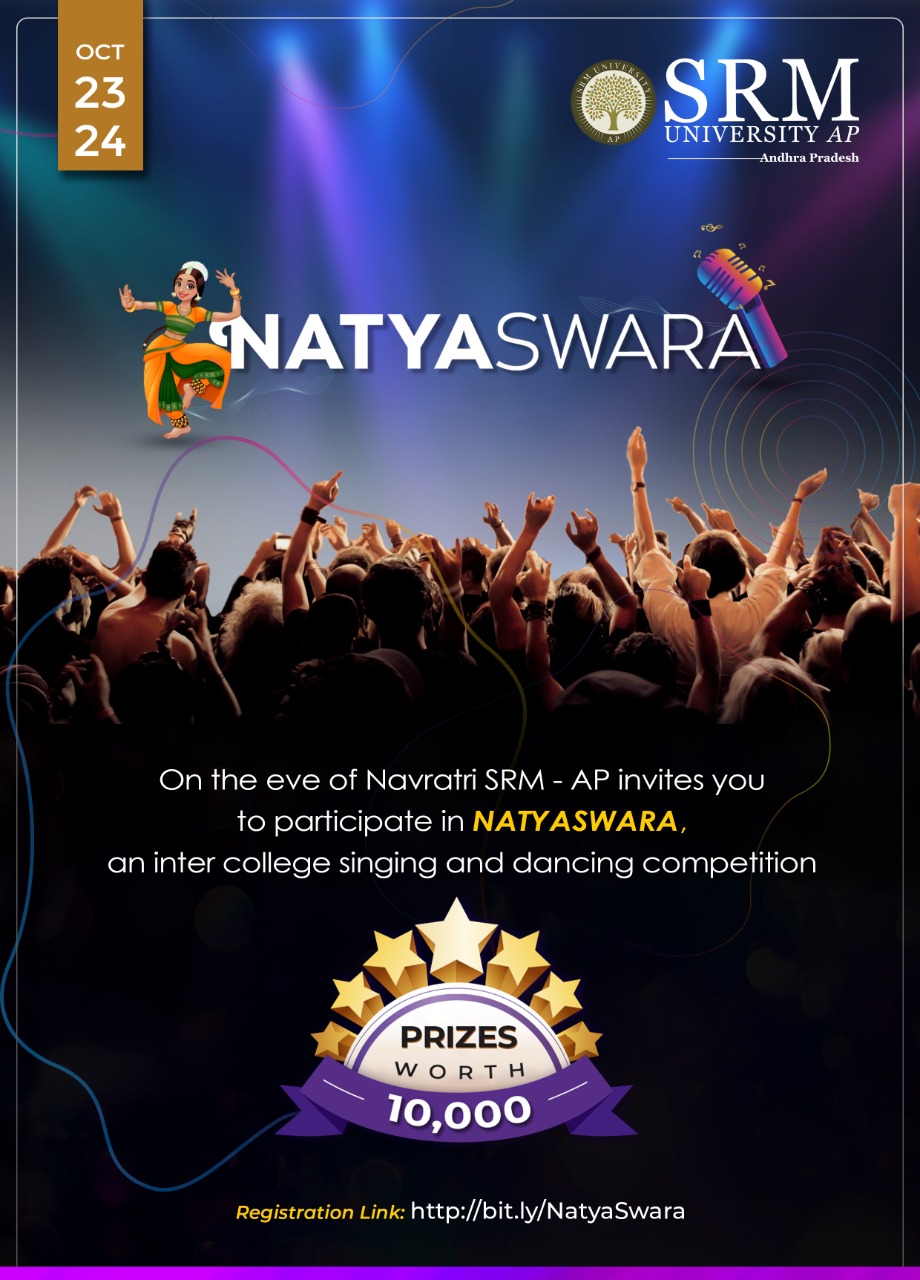 Navratri is around the corner, and the Department of Student Affairs, SRM University-AP, Andhra Pradesh is initiating Natyaswara on October 23-24, 2020. Marking the beginning of the auspicious occasion, and to uphold the spirit of festivities, the inter-college dancing and singing competition will enable the students to rejoice. Students are implored to participate in the competition, and showcase their skills in this traditional art form to win the prizes worth Rs. 10000 (Dancing: 1st Prize- Rs. 2000; 2nd Prize- Rs. 1500; 1st consolation prize- Rs. 500; 2nd consolation prize- Rs. 500; 3rd consolation prize: Rs. 500 & Singing: 1st Prize- Rs. 2000; 2nd Prize- Rs. 1500; 1st consolation prize- Rs. 500; 2nd consolation prize- Rs. 500; 3rd consolation prize: Rs. 500).
Navratri is around the corner, and the Department of Student Affairs, SRM University-AP, Andhra Pradesh is initiating Natyaswara on October 23-24, 2020. Marking the beginning of the auspicious occasion, and to uphold the spirit of festivities, the inter-college dancing and singing competition will enable the students to rejoice. Students are implored to participate in the competition, and showcase their skills in this traditional art form to win the prizes worth Rs. 10000 (Dancing: 1st Prize- Rs. 2000; 2nd Prize- Rs. 1500; 1st consolation prize- Rs. 500; 2nd consolation prize- Rs. 500; 3rd consolation prize: Rs. 500 & Singing: 1st Prize- Rs. 2000; 2nd Prize- Rs. 1500; 1st consolation prize- Rs. 500; 2nd consolation prize- Rs. 500; 3rd consolation prize: Rs. 500).Upload your videos here to participate: Please Click Here
Last date to upload the videos – 22/10/2020
Continue reading → - Department of Student Affairs organizes Chess Competition October 11, 2020
Continue reading →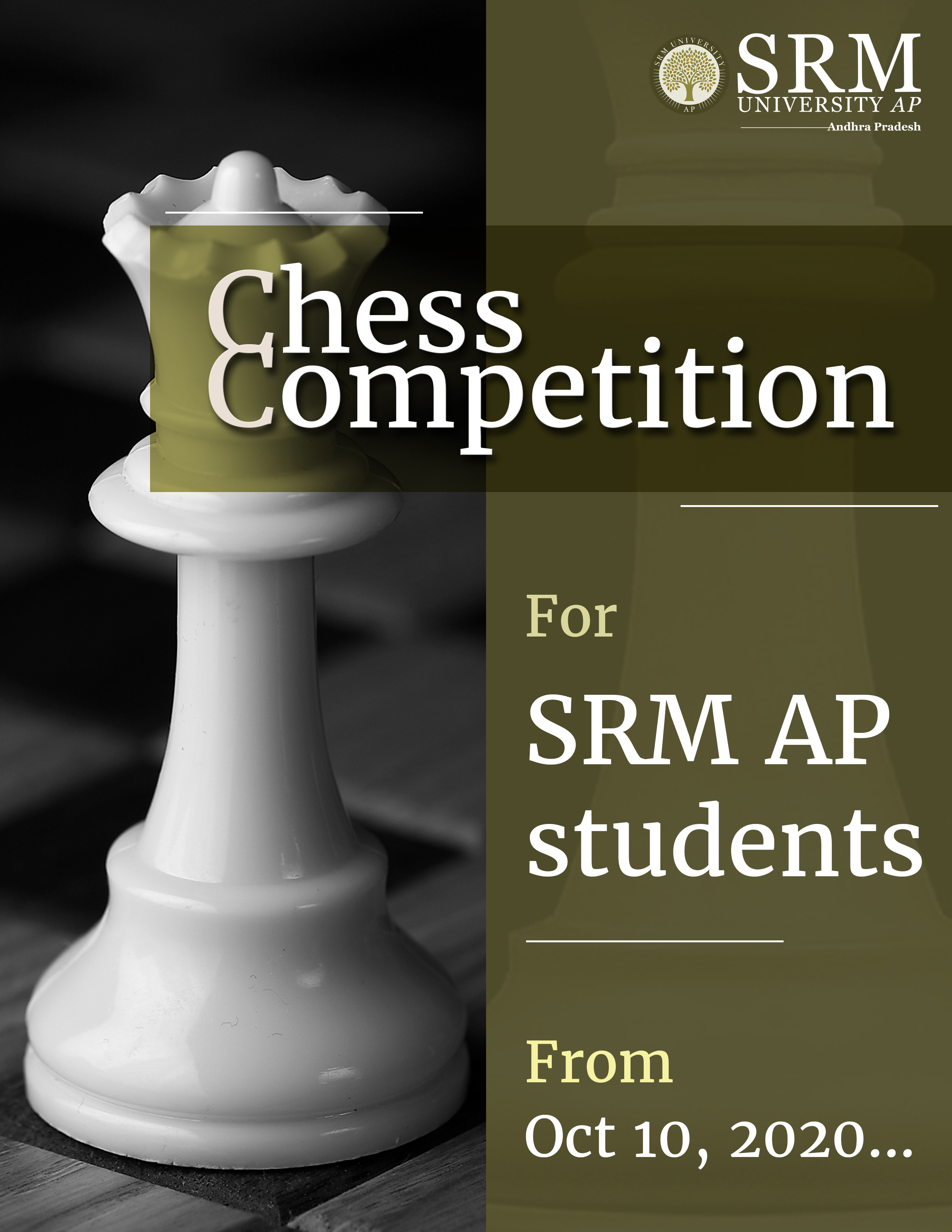 Department of Student Affairs, SRM University-AP, Andhra Pradesh arranges for a Chess Competition exclusively for the students of the university, commencing on October 10, 2020. Chess is an exceptionally beneficial activity that improves brain function, memory, strategic thinking, attention, and cognitive abilities such as perception, motor, language, visual and spatial processing, as well as executive functions. SRM AP encourages the students to proactively participate, sharpen their skills, and be recognized as geniuses!
Department of Student Affairs, SRM University-AP, Andhra Pradesh arranges for a Chess Competition exclusively for the students of the university, commencing on October 10, 2020. Chess is an exceptionally beneficial activity that improves brain function, memory, strategic thinking, attention, and cognitive abilities such as perception, motor, language, visual and spatial processing, as well as executive functions. SRM AP encourages the students to proactively participate, sharpen their skills, and be recognized as geniuses! - Aditya to orate his inspiring journey from SRM to Cornell University October 10, 2020
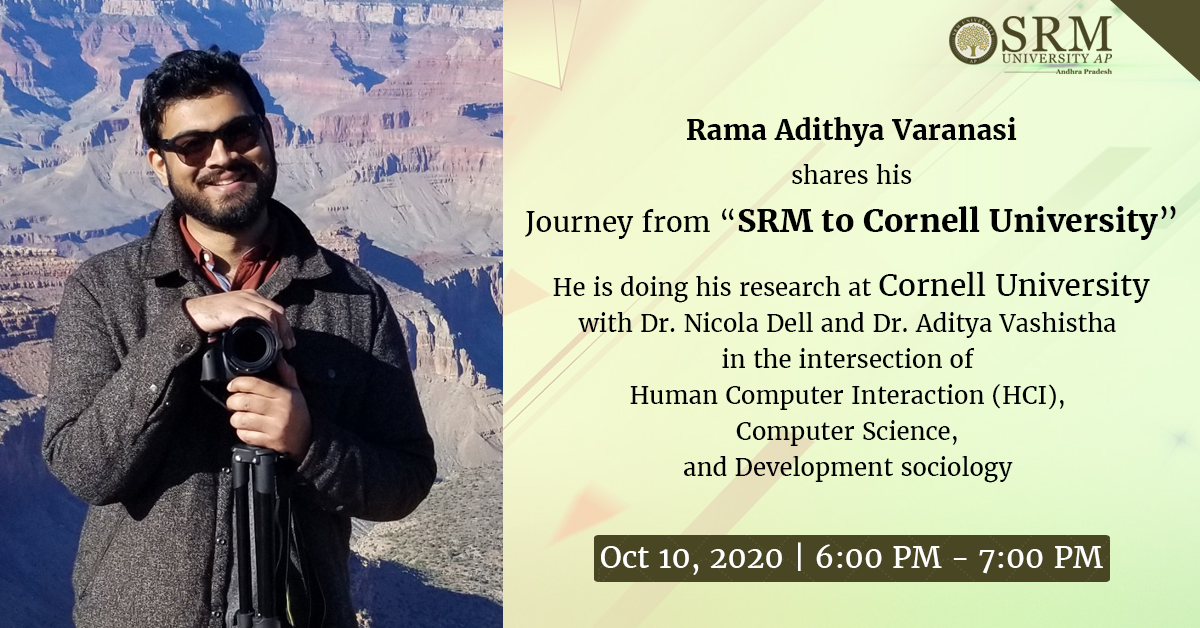 Mr Aaditya Ram always wanted to pursue higher studies with an ambition to innovate something that can make a positive difference to this world. He made SRM Family proud with his admission as a PhD scholar at Cornell University. He is currently working with Dr Nicola Dell and Dr Aditya Vashistha in the intersection of Human-Computer Interaction (HCI), Computer Science, and Development sociology.
Mr Aaditya Ram always wanted to pursue higher studies with an ambition to innovate something that can make a positive difference to this world. He made SRM Family proud with his admission as a PhD scholar at Cornell University. He is currently working with Dr Nicola Dell and Dr Aditya Vashistha in the intersection of Human-Computer Interaction (HCI), Computer Science, and Development sociology.He believes that SRMIST, his alma mater, recognised his ambition towards transcendental knowledge and provided him with the opportunities to apprehend his true potential. The constant guidance and support of his teachers did wonders for him. They understood his passion for research and innovation and nurtured his brilliance by revealing the inner engineer in him.
Presently, his research focuses on understanding how everyday technologies impact different aspects of work, such as professional wellbeing, in digital labour. To that extent, he is working with various service workers and stakeholders to understand how technologies, such as WhatsApp, create empowerment opportunities that can be leveraged to reduce job demands and improve professional wellbeing. He was a recipient of Engaged and Einaudi scholarships in the past.
Mr Aaditya Ram will join you today to talk about his journey and how SRM University has shaped his professional life. Come, join him at 6 pm today.
Continue reading → - Interactive session with Ms Krittika who secured dream job offer from Google October 10, 2020
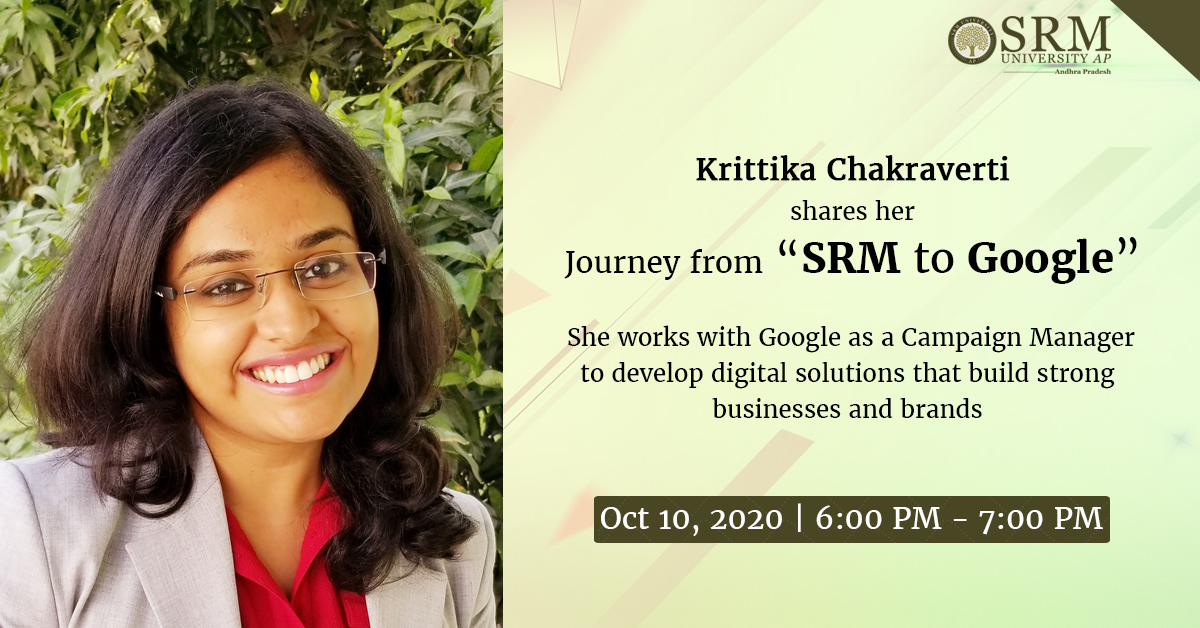 Ms Krittika, a brilliant student of the SRM Family, secured her dream job with Google. As a Campaign Manager, she develops digital solutions for Google that build and promote its businesses and brands. Her book of business includes large clients based out of the US market. Prior to Google, Krittika was working as a Technology Consultant with Cognizant Business Solutions, where she crafted digital strategies for retail clients like Walmart.
Ms Krittika, a brilliant student of the SRM Family, secured her dream job with Google. As a Campaign Manager, she develops digital solutions for Google that build and promote its businesses and brands. Her book of business includes large clients based out of the US market. Prior to Google, Krittika was working as a Technology Consultant with Cognizant Business Solutions, where she crafted digital strategies for retail clients like Walmart. Krittika found her passion for Information Technology while pursuing her engineering degree from SRM Institute of Science and Technology, Kattankulathur. She strengthened her professional skills even further with an MBA, majoring in Marketing, from IIM Shillong.
Her passion for marketing and the urge to touch and transform lives with the boon of technology helped her in securing a place with Google. Today, she lives in Hyderabad, and finds delight in baking or trying out new recipes in her leisures.
Ms Krittika will be joining you today, October 10, 2020, to share her journey from being a freshman at SRMIST to being transformed into a Professional with support and guidance from her teachers and mentors. Do log in at 6 o’clock in the evening to be a part of the energetic session with Ms Krittika.
Continue reading → - Dr Smita Sharma to deliver a session on “ Understanding Mental Health and Strengthening Well-Being ” October 10, 2020
Continue reading →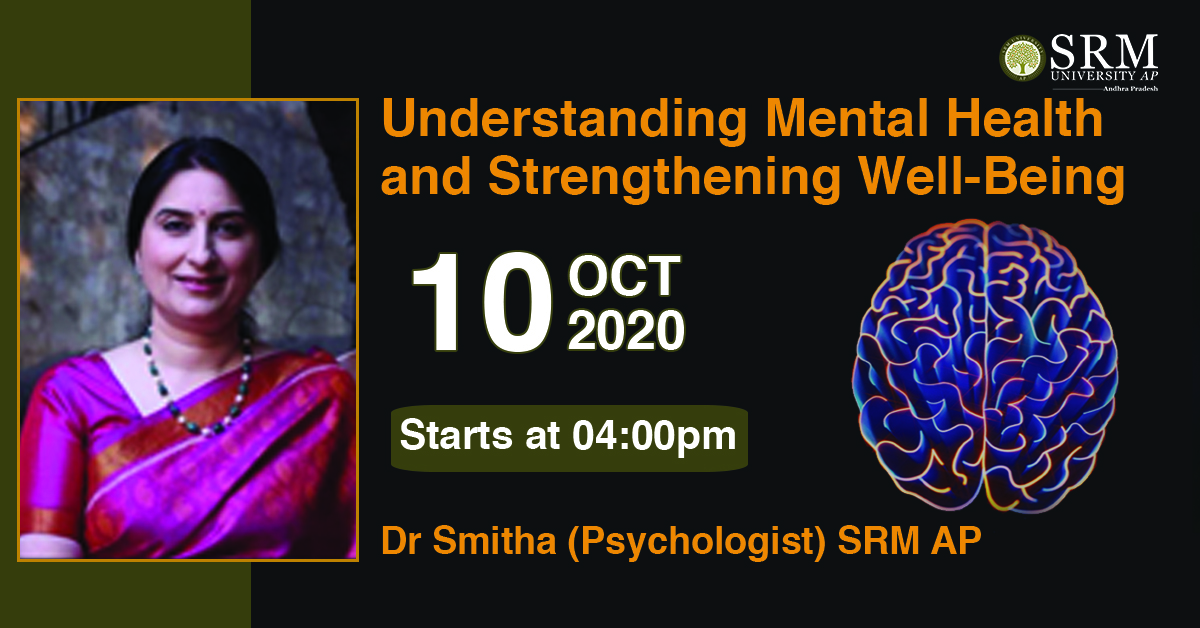 Department of Student Affairs, SRM University-AP, Andhra Pradesh has requested Dr Smita Sharma, Student Counselor, SRM AP, to deliver a session on ‘Understanding Mental Health and Strengthening Well-Being’ on “World Mental Health Day” – October 10, 2020, at 4 p.m. The widespread perception of mental illness is associated with stigma, largely due to lack of awareness. Also, not addressing the mental health issues may lead to anxiety disorders, and mood disorders. Dr Smita will take the audience through the lecture session, which would enable the students to help themselves and the people around them to overcome the overwhelming situation.
Department of Student Affairs, SRM University-AP, Andhra Pradesh has requested Dr Smita Sharma, Student Counselor, SRM AP, to deliver a session on ‘Understanding Mental Health and Strengthening Well-Being’ on “World Mental Health Day” – October 10, 2020, at 4 p.m. The widespread perception of mental illness is associated with stigma, largely due to lack of awareness. Also, not addressing the mental health issues may lead to anxiety disorders, and mood disorders. Dr Smita will take the audience through the lecture session, which would enable the students to help themselves and the people around them to overcome the overwhelming situation. - Professors of SRM University Andhra Pradesh receives a total outlay of Rs. 67.97 lakhs from DST, Government of India October 10, 2020
Business News This Week – Oct 9
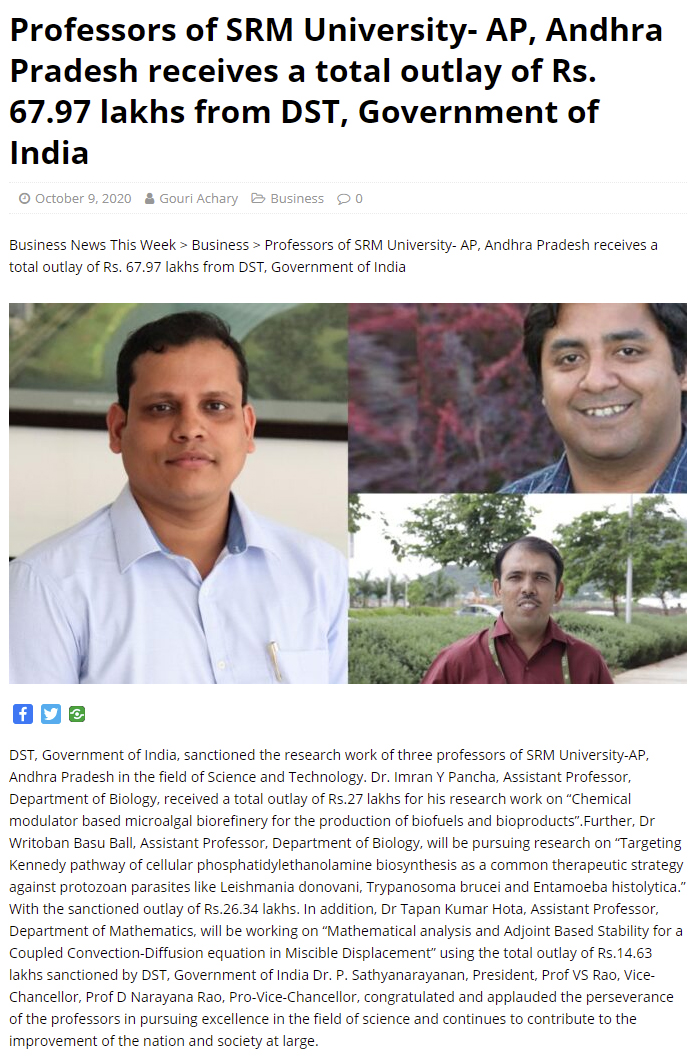
Andhra Jyothy – Oct 8
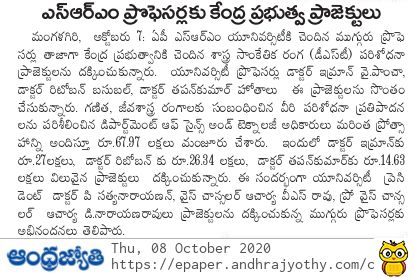
Andhra Prabha – Oct 8
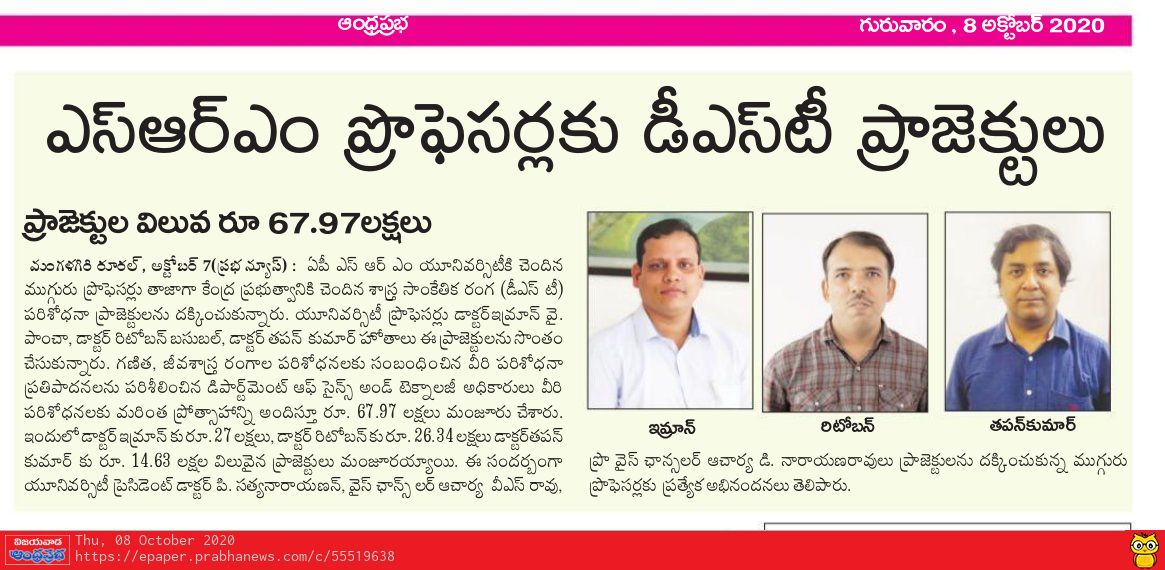
Vartha – Oct 8
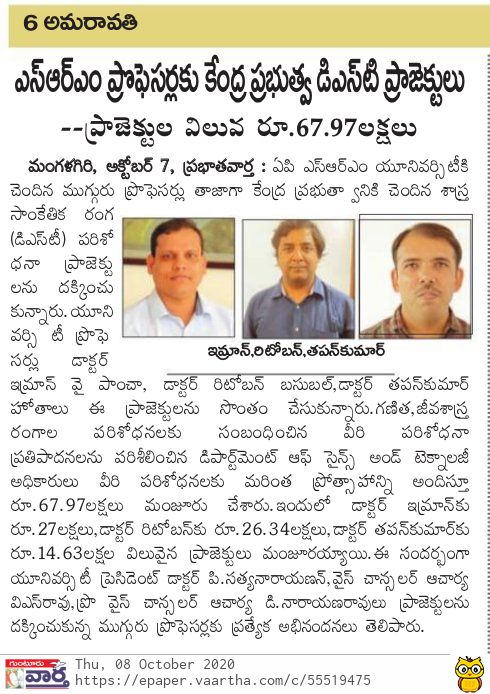
Praja Sakti – Oct 8
Continue reading →
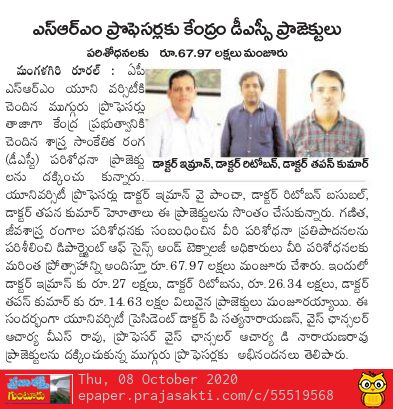
- Department of Student Affairs organize “An insight to AIESEC” October 9, 2020
Continue reading →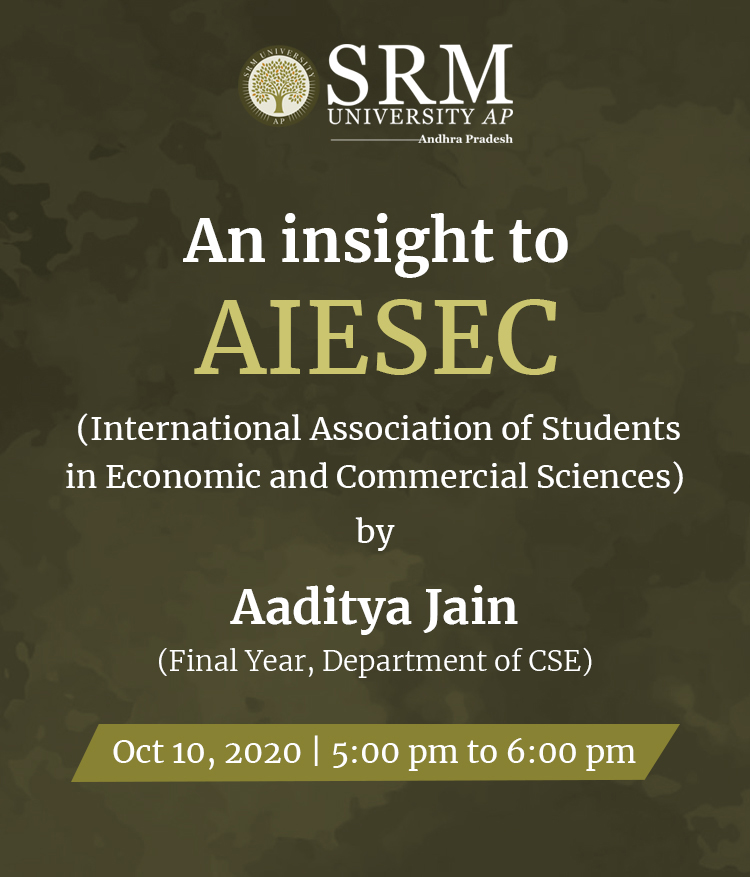 Department of Student Affairs organize “An insight to AIESEC” Department of Student Affairs, SRM University-AP, Andhra Pradesh has organized a webinar, where Aaditya Jain, Fourth Year, Department of Computer Science and Engineering, and Business Unit Head: AIESEC in Amaravati, will be hosting a session on “An insight to AIESEC”. As the world’s largest youth-run organization present in over 125 countries, International Association of Students in Economic and Commercial Sciences (AIESEC) provides cross-cultural global internships and volunteer exchange programmes to the youth. 6 students of SRM AP have successfully completed their internships through AIESEC in Greece, Egypt, Sri Lanka, and Vietnam to work on Website Development, IT, Business and Marketing, Explore, and Mechanical Projects. Students of SRM AP are encouraged to join the session on October 10, 2020, at 5 p.m. to know more about the internship programmes that would assist them to emerge as global professionals.
Department of Student Affairs organize “An insight to AIESEC” Department of Student Affairs, SRM University-AP, Andhra Pradesh has organized a webinar, where Aaditya Jain, Fourth Year, Department of Computer Science and Engineering, and Business Unit Head: AIESEC in Amaravati, will be hosting a session on “An insight to AIESEC”. As the world’s largest youth-run organization present in over 125 countries, International Association of Students in Economic and Commercial Sciences (AIESEC) provides cross-cultural global internships and volunteer exchange programmes to the youth. 6 students of SRM AP have successfully completed their internships through AIESEC in Greece, Egypt, Sri Lanka, and Vietnam to work on Website Development, IT, Business and Marketing, Explore, and Mechanical Projects. Students of SRM AP are encouraged to join the session on October 10, 2020, at 5 p.m. to know more about the internship programmes that would assist them to emerge as global professionals.


